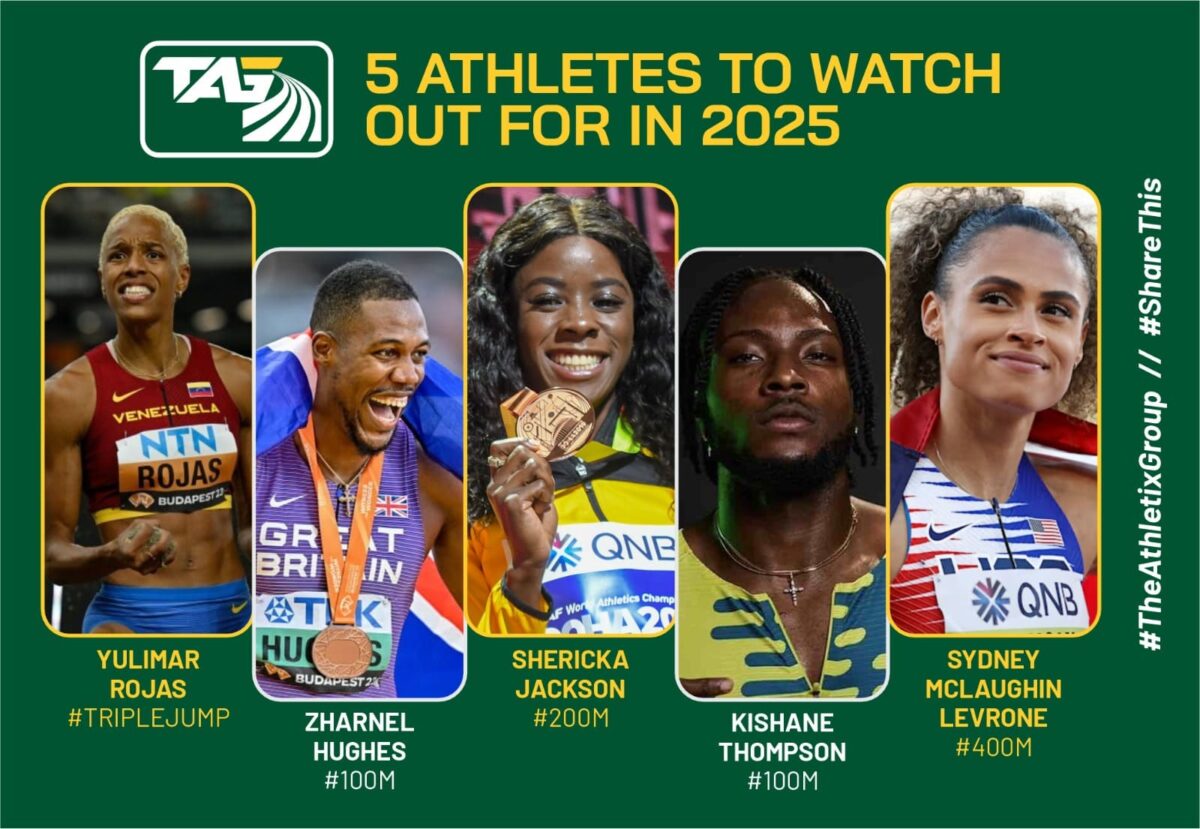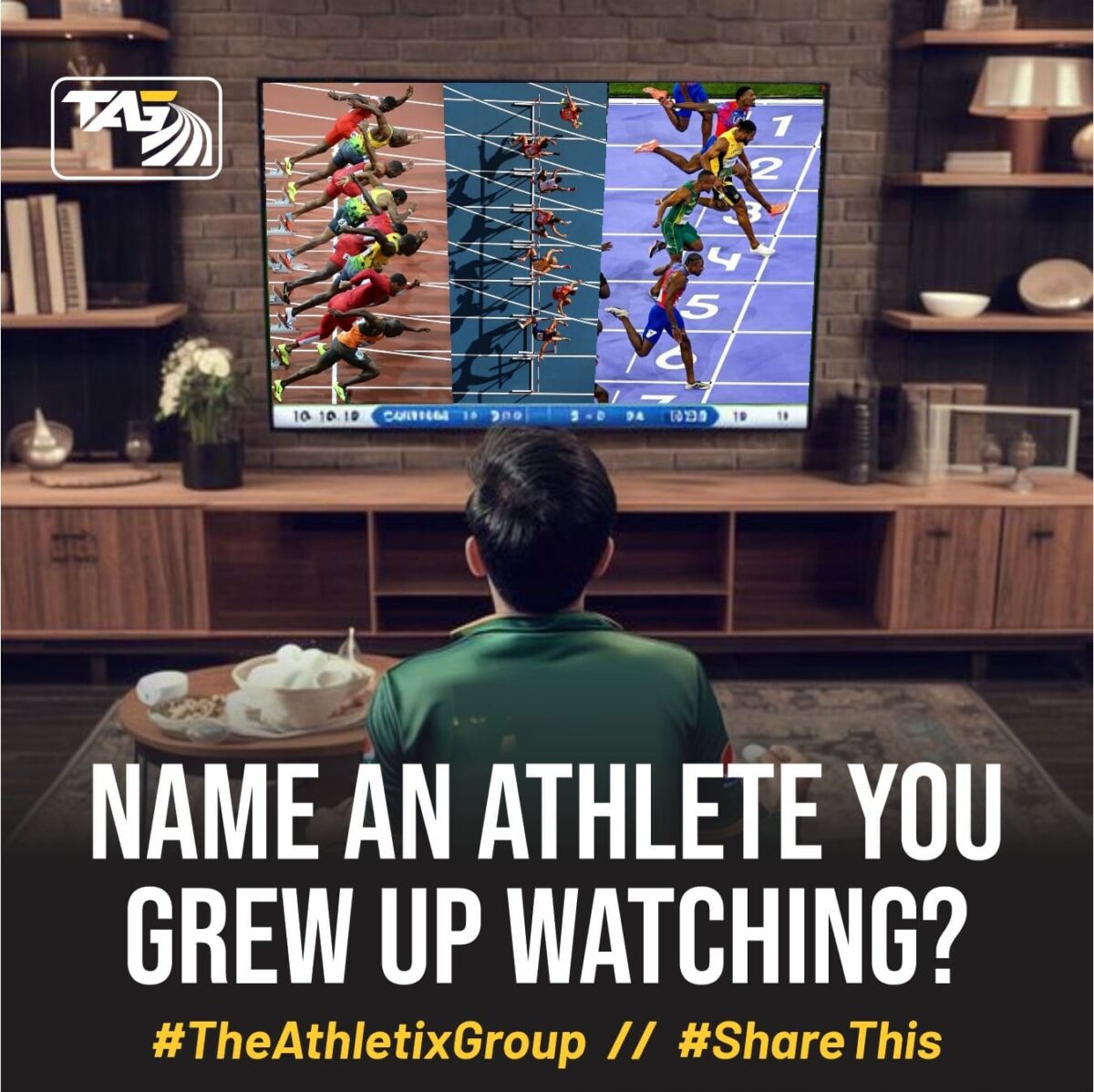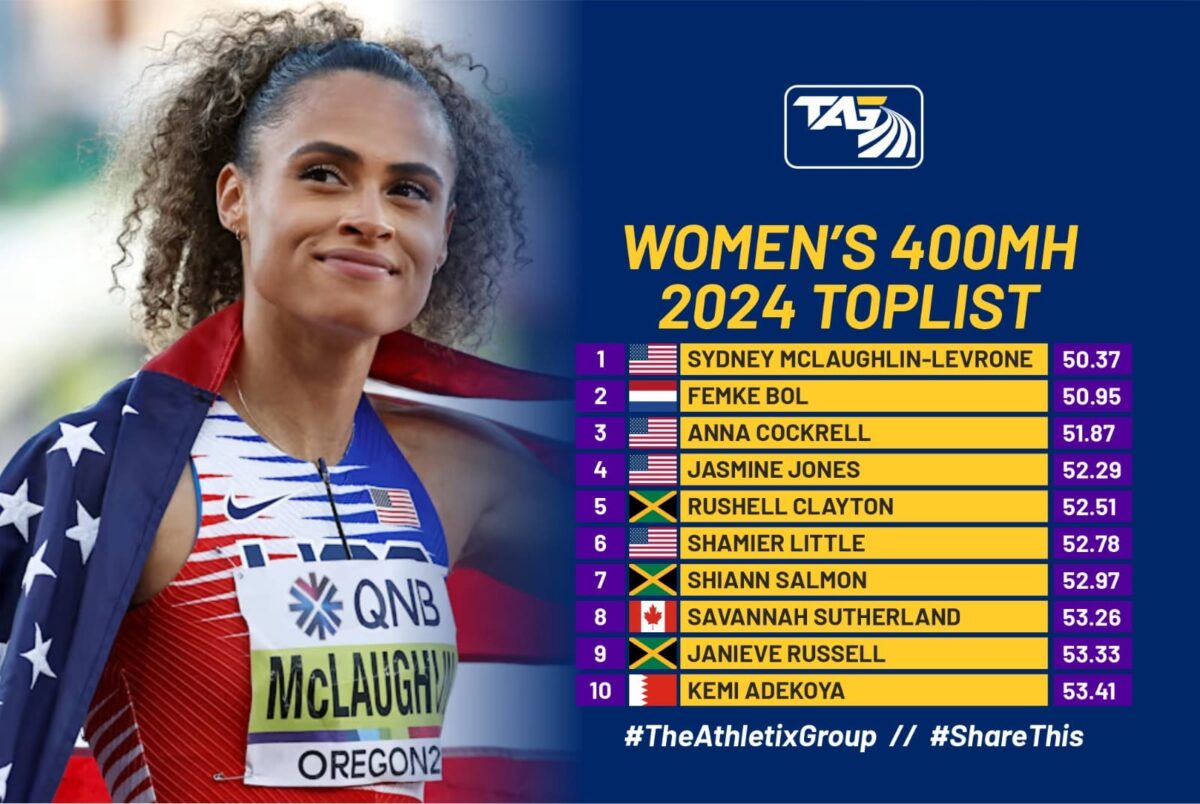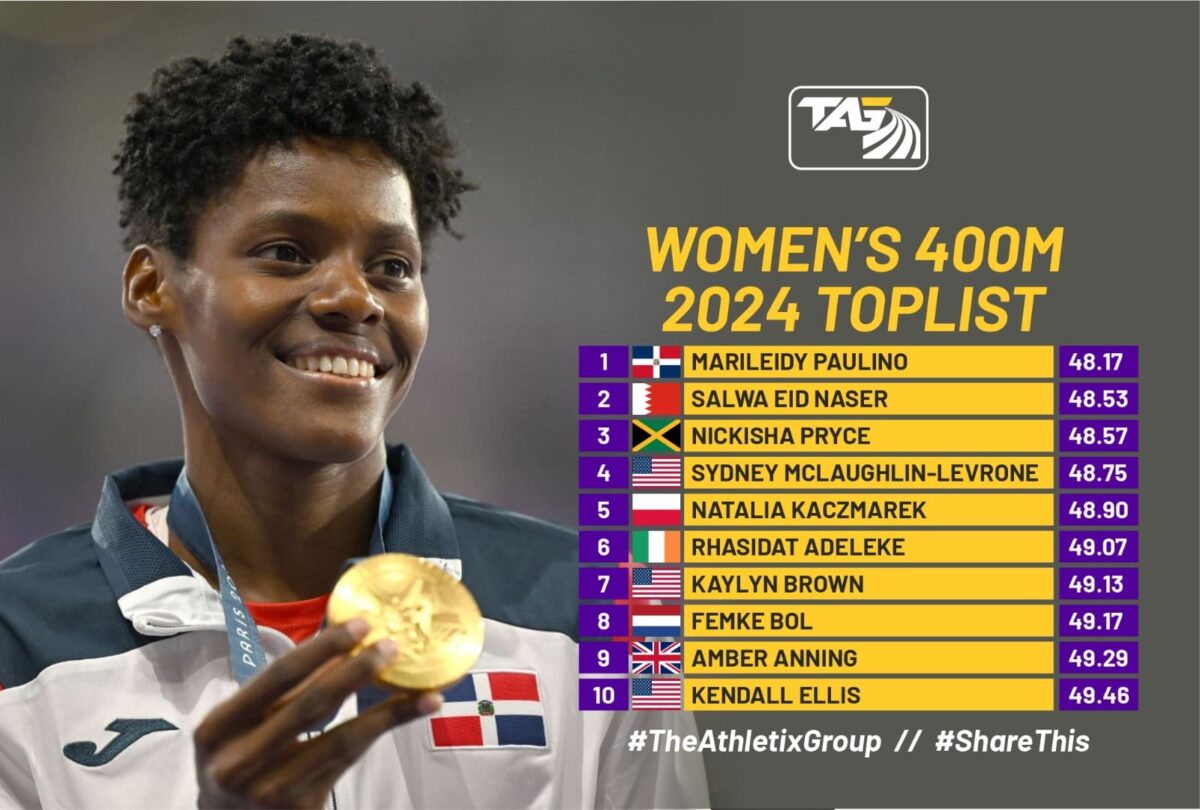
Tell him he’s dreamin? Aussie superstar’s top world title rival’s ‘stupidly ridiculous’ demand
October 10, 2025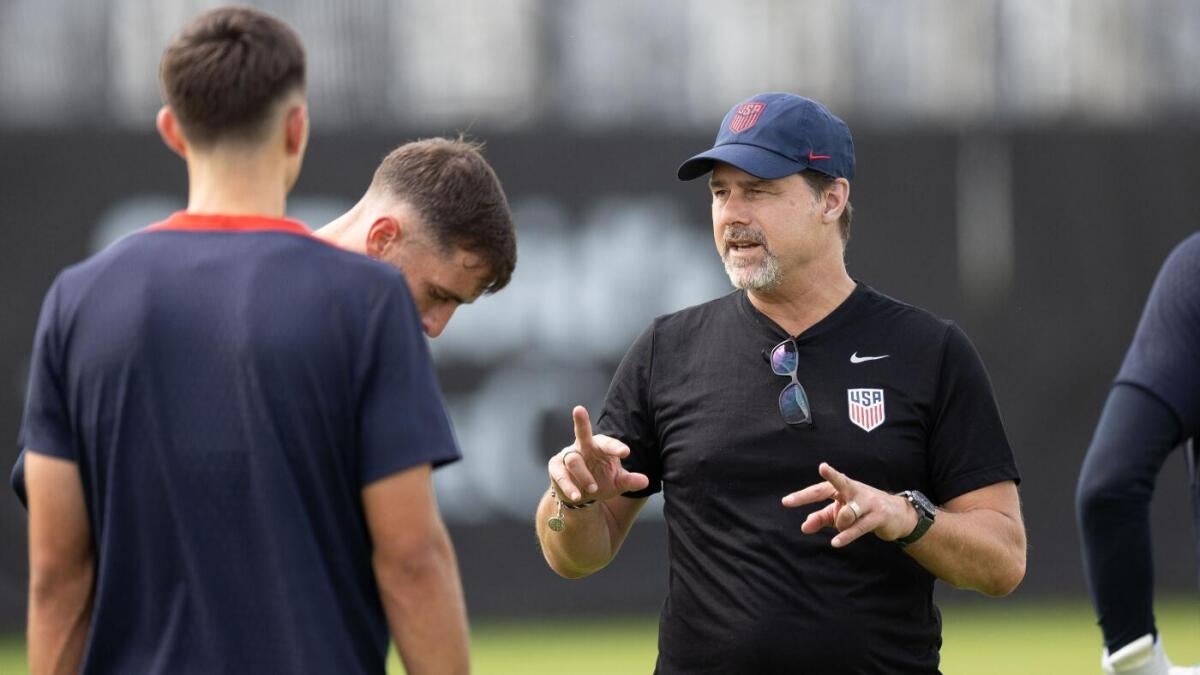
USMNT’s Mauricio Pochettino says no player is a lock for World Cup roster as competitiveness remains priority
October 10, 2025
The text came during halftime of Emma’s regional championship game. Dad’s promotion meant moving from Melbourne to Singapore in eight weeks. Emma had two more tournaments, three college scouts coming, and a team counting on her.
Athletic families face relocation differently. Your timeline isn’t just about school years and lease agreements. It’s about seasons, tournaments, and the dreams your kid has worked toward since age six.
I’ve moved three times with competitive athletes. Each move nearly destroyed everything we’d built. The last one finally taught us how to do it right.
When Timing Becomes Everything
Most families think about school calendars. Athletic families juggle competitive seasons, tryout windows, and qualification periods that don’t care about your moving truck.
Start with your sport’s governing body rules. Soccer has transfer windows. Swimming has registration deadlines. Basketball leagues lock rosters months ahead. Miss these dates and your athlete sits out an entire season.
Map out the next eighteen months of competitions. Which tournaments matter for rankings? When do college scouts attend? What camps are already paid for? This timeline drives everything else.
The Scholarship Minefield
Moving can destroy scholarship opportunities faster than injuries. College recruiters track athletes for years. Sudden disappearances raise red flags.
Contact every coach who’s shown interest. Explain the move immediately. Provide new contact information. Commit to attending showcases they’ll scout. Some kids fly back monthly for tournaments. Factor these costs into your relocation budget.
State athletic associations have different rules about transfers. Some require sitting out varsity seasons. Others limit playoff eligibility. Private schools have their own restrictions. One wrong assumption costs your athlete their senior year.
Breaking Commitments Correctly
Your current team deserves honesty. Coaches need time finding replacements. Teammates need closure. Burning bridges follows your athlete longer than you’d expect.
Tell the coach first, privately. Offer to help find replacement players. Finish any tournaments you’ve committed to. Pay any remaining team fees. These relationships matter in sports’ small worlds.
Some teams release players immediately. Others get vindictive about transfers. Document every conversation. Save emails about release conditions. Get written confirmation that equipment and fees are settled. Drama follows unresolved conflicts.
Training Can’t Stop
Elite performance disappears quickly. Two weeks off means months catching up. Your relocation plan must include continuous training.
Research facilities along your moving route. Book sessions in advance. Pack essential equipment in your car, not the moving truck. Hotel gyms won’t cut it for serious athletes.
Singapore offers world-class training facilities most people never discover. Pure 360 provides specialized pilates training that maintains flexibility and core strength when sport-specific training gets disrupted. Their programs adapt to different sports’ demands, keeping athletes competition-ready during transitions.
Set up virtual sessions with current coaches. They know your athlete’s weaknesses. Local coaches need time understanding individual needs. Bridge this gap with technology. Record training sessions for remote review. Keep development consistent despite changing locations.
Scouting From a Distance
Finding quality programs remotely feels impossible. Websites show smiling kids but hide coaching incompetence. Social media posts exaggerate success. Registration fees disappear into programs that barely practice.
Start with governing body websites. Check official rankings and tournament results. Look for programs consistently producing college athletes. Ignore promises and study actual outcomes.
Contact three families currently in each program. Ask about coaching turnover. Question practice schedules and commitment expectations. Learn about parent politics and financial obligations. Real answers come from people living it.
Levels Don’t Translate
Division One in Texas means something different than Division One in Oregon. Gold level here might be Bronze there. Your superstar becomes average overnight, or vice versa.
Request game footage from potential teams. Watch full matches, not highlight reels. Compare playing styles and competition intensity. Some regions emphasize different skills. Your possession-based soccer player might struggle in direct-play leagues.
Age groups work differently too. Some places group by birth year. Others use school year. International programs have entirely different structures. Your athlete might jump levels or repeat unnecessarily.
Coaching Chemistry Matters Most
Great coaches develop athletes beyond sports. Bad ones destroy confidence permanently. You can’t evaluate this relationship through emails.
Schedule video calls between your athlete and potential coaches. Watch their interaction. Does the coach ask about goals? Do they mention other interests? Are they building a person or collecting trophies?
Visit finalists before committing. Attend actual practices, not special tryouts. Watch how coaches handle mistakes. See how they manage different skill levels. Notice which kids improve versus just participating.
Facility Reality Checks
Pictures lie about training facilities. That Olympic-sized pool might have three working lanes. The perfect gymnastics center could lack basic safety equipment.
Ask specific questions about equipment. How many athletes share each lane, court, or mat? When did they last update major equipment? What happens during weather events? Who gets priority when spaces conflict?
Distance matters more than quality sometimes. The perfect facility ninety minutes away means three-hour round trips. Calculate drive times during actual practice hours. Factor traffic patterns and weather delays. That dream program becomes a nightmare fast.
Trial Periods Save Heartbreak
 Never commit without trying first. Most programs offer trial weeks. Some charge, others don’t. Pay whatever it costs to avoid year-long mistakes.
Never commit without trying first. Most programs offer trial weeks. Some charge, others don’t. Pay whatever it costs to avoid year-long mistakes.
Send your athlete alone after initial visits. Parents change dynamics. Coaches act differently. Kids behave strangely. Your athlete needs authentic experiences before deciding.
Swimming programs particularly vary in approach and intensity. Marsden Swim School offers structured swimming lessons for kids at Marsden Swim School that balance technique development with competitive preparation. Their trial sessions reveal coaching philosophy better than any brochure. Programs like these understand relocating families need evaluation periods.
Multiple trials work better than single sessions. First impressions mislead. Coaches have bad days. Teammates might be absent. Three visits show patterns. Five visits reveal truth.
Document everything during trials. Which drills were practiced? How much individual attention happened? What did your athlete learn? These notes guide final decisions.
The Paper Trail Nightmare
Athletic transfers require more documentation than college applications. Birth certificates need official stamps. Medical records must be current. Immunization forms vary by state. Previous season statistics need verification.
Get everything before leaving. Former coaches disappear. Old leagues lose records. Medical offices charge retrieval fees. That simple signature becomes impossible from two thousand miles away.
Create digital copies of everything. Physical documents get lost. Moving trucks arrive late. Important papers disappear in boxes. Cloud storage saves seasons when originals vanish.
League Registration Roulette
Every sport has different registration windows. Miss them by days and wait months. Some open at midnight. Others use lottery systems. Competitive leagues fill within hours.
Set calendar alerts for every possible league. Register for multiple programs initially. Eat deposits if necessary. Sitting out destroys momentum worse than wasted fees.
International moves add complexity. Singapore requires passes for foreign athletes. Australia has visa restrictions. Canada limits import players. Research requirements six months ahead.
Medical Clearance Chaos
New states mean new physical requirements. Doctors’ appointments book months out. Sports physicals have specific forms. Specialists might not exist locally.
Schedule physicals before moving. Get clearances that last full seasons. Some doctors will pre-sign forms. Others provide extended certifications. This preparation prevents emergency clinic visits.
Previous injuries complicate everything. Surgical records need transferring. Recovery protocols must continue. New doctors want complete histories. Missing documentation delays clearances indefinitely.
Academic Eligibility Surprises
Grades transfer differently between schools. Weighted GPAs become unweighted. Honors classes don’t count. That 3.8 drops to 3.2 instantly.
Athletic eligibility depends on academic standing. Some schools require sitting out after transfers. Others demand specific course completions. Private schools have stricter standards. One bad transcript interpretation ends seasons.
Request official transcripts immediately. Get counselor recommendation letters. Document extracurricular activities. Prepare grade explanations. New schools need context for unusual situations.
Keeping the Machine Running
Athletes can’t afford training gaps. Hotel rooms become gyms. Parks substitute for tracks. Garage walls work for ball skills.
Pack smart. Resistance bands weigh nothing. Jump ropes fit anywhere. Agility ladders fold small. Medicine balls are worth the space. These tools maintain conditioning anywhere.
Find pools immediately. Runners need tracks quickly. Team sport athletes require practice partners. Individual sports still need coaching. Map facilities before arriving.
Conditioning Versus Skills
 Fitness returns faster than technique. Prioritize skill work during transitions. Conditioning happens anywhere. Technical development needs proper facilities.
Fitness returns faster than technique. Prioritize skill work during transitions. Conditioning happens anywhere. Technical development needs proper facilities.
Create daily minimums. Fifty touches for soccer players. Hundred swings for baseball. Thousand yards for swimmers. These numbers prevent complete deterioration.
Video everything. Form degrades without coaching. Record practice sessions. Compared to old footage. Send clips to former coaches. Remote feedback prevents bad habits.
Mental Training Through Chaos
Psychology matters most during transitions. Confidence drops without familiar settings. Anxiety increases approaching new teams. Motivation disappears between programs.
Maintain competition schedules somehow. Virtual races work. Time trials count. Pickup games help. The competitive mindset needs constant reinforcement.
Sports psychologists offer remote sessions. Visualization exercises travel anywhere. Goal setting continues regardless of location. Mental training fills physical training gaps.
Protecting Expensive Equipment
That custom bike costs more than furniture. Competition skis need climate control. Tennis racquets require specific tension maintenance. Your teenager’s equipment represents thousands in investments.
Standard movers don’t understand sports gear. They’ll stack weights on surfboards. Throw racquet bags under boxes. Leave electronics in hot trucks. Your equipment arrives destroyed.
Pack irreplaceable items yourself. Carry mouth guards and custom orthotics. Ship backup equipment separately. Insure everything for replacement value, not depreciated worth.
Climate Changes Everything
Moving from Phoenix to Seattle changes equipment needs entirely. Swimsuits degrade differently. Running shoes need different treads. Outdoor gear becomes useless or essential.
Moisture destroys leather goods fast. Extreme heat warps composite materials. Cold makes plastics brittle. Storage units need climate control for sensitive equipment.
Sydney’s humidity particularly challenges relocated athletes. Professional removalists understand these concerns better than generic movers.Off-Season Storage Solutions
Most families don’t need hockey gear in July. Swim equipment sits unused during winter sports. Seasonal equipment consumes valuable space.
Research storage before arriving. Climate-controlled units near training facilities work best. Some gyms rent lockers. Athletic complexes offer seasonal storage. These options beat hauling everything repeatedly.
Label everything obsessively. Teams often share storage spaces. Equipment walks away accidentally. Your custom gear looks like everyone else’s. Names on everything prevent losses.
Leaving the Village
Athletic teams become extended families. Parents bond over morning practices. Siblings grow up at tournaments together. Leaving hurts everyone.
Your athlete loses more than teammates. They’re leaving mentors, rivals, and daily friends. The goalkeeper who pushes them. The coach who believed first. These relationships shaped their identity.
Create transition rituals. Exchange contact information formally. Take team photos. Get coach recommendation letters. These actions provide closure kids need.
Building New Bonds
 Joining established teams feels impossible initially. Inside jokes exclude newcomers. Playing time comes slowly. Friend groups resist changes.
Joining established teams feels impossible initially. Inside jokes exclude newcomers. Playing time comes slowly. Friend groups resist changes.
Volunteer for everything. Drive carpools. Work concession stands. Set up equipment. Visible parents have welcomed kids. Investment shows commitment.
Host team gatherings immediately. Pizza parties break ice. Pool parties build friendships. Sleepovers create bonds. Your house becomes neutral ground for connections.
Gear Adaptation for New Climates and Training Environments
Relocating doesn’t just mean finding new teams and facilities. It means completely reassessing your athlete’s equipment and athletic wear for different environmental conditions. What worked perfectly in one climate becomes inadequate or excessive in another.
Temperature and humidity dramatically affect athletic wear performance.
The moisture-wicking shorts that kept your athlete comfortable during dry Melbourne winters become soaked and heavy in Singapore’s tropical humidity. Compression gear that provided perfect support in cool weather causes overheating in equatorial climates. Your entire athletic wardrobe might need replacement.
Fabric technology matters more in extreme climates.
Standard cotton blends that seemed fine before become unbearable. High-performance synthetic materials with advanced moisture management become necessities rather than luxuries. The difference between proper athletic wear and generic workout clothes becomes obvious within the first outdoor training session.
Female athletes face additional challenges during climate transitions.
Women’s bodies regulate temperature differently than men’s, and hormonal cycles affect heat tolerance. Sports bras that provided adequate support in cooler climates might not handle the additional moisture and movement in humid conditions. Poorly designed athletic wear causes chafing, discomfort, and distraction during crucial training periods.
Singapore’s climate particularly demands thoughtful gear selection for female athletes.
Under Armour (UA) has a collection of women’s gym wear specifically engineered for tropical training conditions. Their moisture-wicking technology and climate-appropriate designs help athletes maintain performance standards despite environmental challenges.
Budget your gear replacement realistically.
Most families underestimate clothing costs during athletic relocations. You’re not just buying a few new pieces. You’re potentially replacing entire wardrobes across multiple sports seasons. Quality athletic wear isn’t cheap, but buying inadequate gear twice costs more than investing properly initially.
Footwear needs change with surface and weather conditions.
 Indoor court shoes that lasted years on wooden floors wear out quickly on outdoor surfaces. Running shoes designed for pavement perform poorly on tropical trails. Climate affects shoe materials too—adhesives soften in heat, materials crack in cold, and moisture destroys poorly constructed footwear faster than regular wear.
Indoor court shoes that lasted years on wooden floors wear out quickly on outdoor surfaces. Running shoes designed for pavement perform poorly on tropical trails. Climate affects shoe materials too—adhesives soften in heat, materials crack in cold, and moisture destroys poorly constructed footwear faster than regular wear.
Protective gear requires climate consideration too.
Pads and guards designed for cool weather trap heat dangerously in tropical conditions. Some materials degrade faster in humidity. Metal components rust without proper care. Research climate-appropriate versions of essential protective equipment before purchasing.
Don’t replace everything immediately.
Athletic wear is expensive, and your athlete is still growing. Prioritize immediate training needs first. Replace competition gear before practice wear. Focus on items that directly impact performance and safety. Budget-conscious replacement over several months prevents financial strain while ensuring adequate equipment.
Sales and outlet stores in new locations differ from home.
Singapore’s shopping landscape offers different brands and pricing than Melbourne. Athletic wear that was budget-friendly at home might be luxury-priced abroad, and vice versa. Research local retailers, outlet options, and online shopping alternatives before assuming prices match previous experience.
Laundry routines change with climate and training intensity.
Humid environments require more frequent washing. Increased sweating means more wear cycles. Athletic wear degrades faster under these conditions. Factor replacement schedules into ongoing budgets, not just initial relocation costs.
Quality matters more during transitions.
Cheap athletic wear falls apart quickly under intense use in challenging climates. When your athlete is already stressed from relocation, the last thing they need is gear failure during important training sessions. Invest in proven performance brands that withstand demanding conditions.
Maintaining Long-Distance Friendships
Old teammates remain important. They share history. They understand journey. They provide perspective during struggles.
Schedule regular video calls. Watch each other’s games online. Share training videos. Maintain competitive banter. These connections ground your athlete.
Plan reunion competitions. Travel to major tournaments. Meet at college showcases. Summer camps together. Physical reunions strengthen virtual relationships.
The Identity Crisis
Your athlete defined themselves through their sport. Now everything changed. New team dynamics. Different coaching styles. Altered competitive levels.
Some kids thrive with fresh starts. Others crumble without familiar structures. Both reactions are normal. Time resolves most adjustment issues.
Watch for warning signs. Quitting talk. Grade drops. Social isolation. Appetite changes. Professional help prevents larger problems. Transitions challenge even resilient kids.
Athletic relocations test entire families. Success requires planning, patience, and flexibility. Your young athlete can emerge stronger, more adaptable, and better prepared for life’s challenges.


